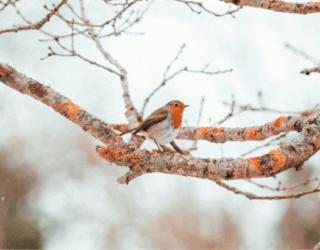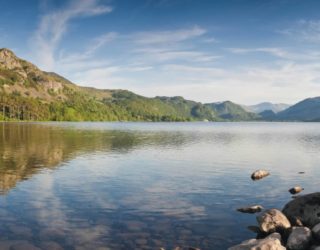A study published by the Royal Society suggests that seagrass ecosystems face widespread threat from reduced water quality, coastal development and poor land use. It
is thought that this loss has been extensive in the British Isles.
Seagrass (Zostera marina) grows in shallow and intertidal coastal areas in temperate zones, whichand are important as nursery areas for marine fish, because
they provide habitats and food for juveniles of many species.
The study, conducted by Benjamin Jones and Richard Unsworth, from Cardiff University, was published on the 13th January 2016 by the Royal Society Open
Science (DOI: 10.1098/rsos.150596, http://rsos.royalsocietypublishing.org/content/3/1/150596.
Using data on seagrass density, morphology and biochemistry from a series of sites around the UK, this study may be the first on the “environmental
health of seagrass meadows around the British Isles”. The authors conclude that seagrass meadows are subject to high concentrations of nutrients, high
turbidity and other anthropogenic risks, such as damage by moorings and anchoring. They also claim that “the seagrass (…) can readily be used
to provide a valid representation of ecosystem status, more so than that of just water sampling alone ”, though this does not seem to be supported
by the results of the study. However, it does provide quantitative evidence that seagrass meadows in the British Isles are in poor condition, with
tissue nitrogen levels 75% higher than global values.









